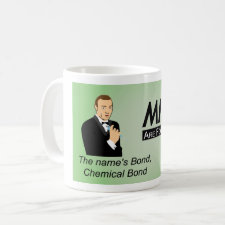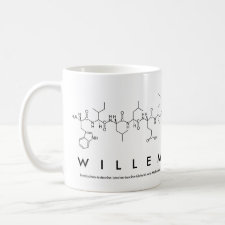
Authors: Vikholm-Lundin I, Pulli T, Albers WM, Tappura K
Article Title: A comparative evaluation of molecular recognition by monolayers composed of synthetic receptors or oriented antibodies.
Publication date: 2008
Journal: Biosensors and Bioelectronics
Volume: 24
Issue: (4)
Page numbers: 1036-1038.
DOI: 10.1016/j.bios.2008.06.049
Alternative URL: http://www.sciencedirect.com/science/article/B6TFC-4SY6W3P-1/2/35a542b2b7b0311a43459dc8bce9a33c
Abstract: Recombinant anti-morphine Fab' fragments have been immobilised on gold by covalent attachment through the free thiol groups of the fragment. The antibody fragments were intercalated with a non-ionic hydrophilic polymer in order to suppress non-specific binding of interfering substances. The antibodies are oriented on the surface due to the thiol groups of the antibody and the layer shows a high response to antigen. Non-specific binding of bovine serum albumin is moreover very low because of the repellent polymer. Synthetic receptors composed of an imprinted self-assembled monolayer made from lipoates and the template, morphine, exhibit the same binding response to the antigen, morphine as the site-specific oriented antibody monolayer. A similar binding curve could be obtained as that for binding of morphine to an antibody Fab' fragment/polymer layer - indicating that synthetic receptors produced are comparable to those of antibody layers. Concentrations down to 0.1�ng/ml have been measured with surface plasmon resonance
Template and target information: morphine
Author keywords: immobilisation, Antibody Fab' fragment, Protein repellent polymer, immunoassay, surface plasmon resonance, Imprinted self-assembled monolayer



Join the Society for Molecular Imprinting

New items RSS feed
Sign-up for e-mail updates:
Choose between receiving an occasional newsletter or more frequent e-mail alerts.
Click here to go to the sign-up page.
Is your name elemental or peptidic? Enter your name and find out by clicking either of the buttons below!
Other products you may like:
 MIPdatabase
MIPdatabase









